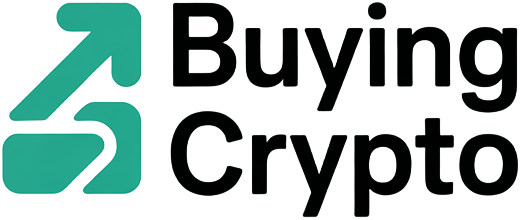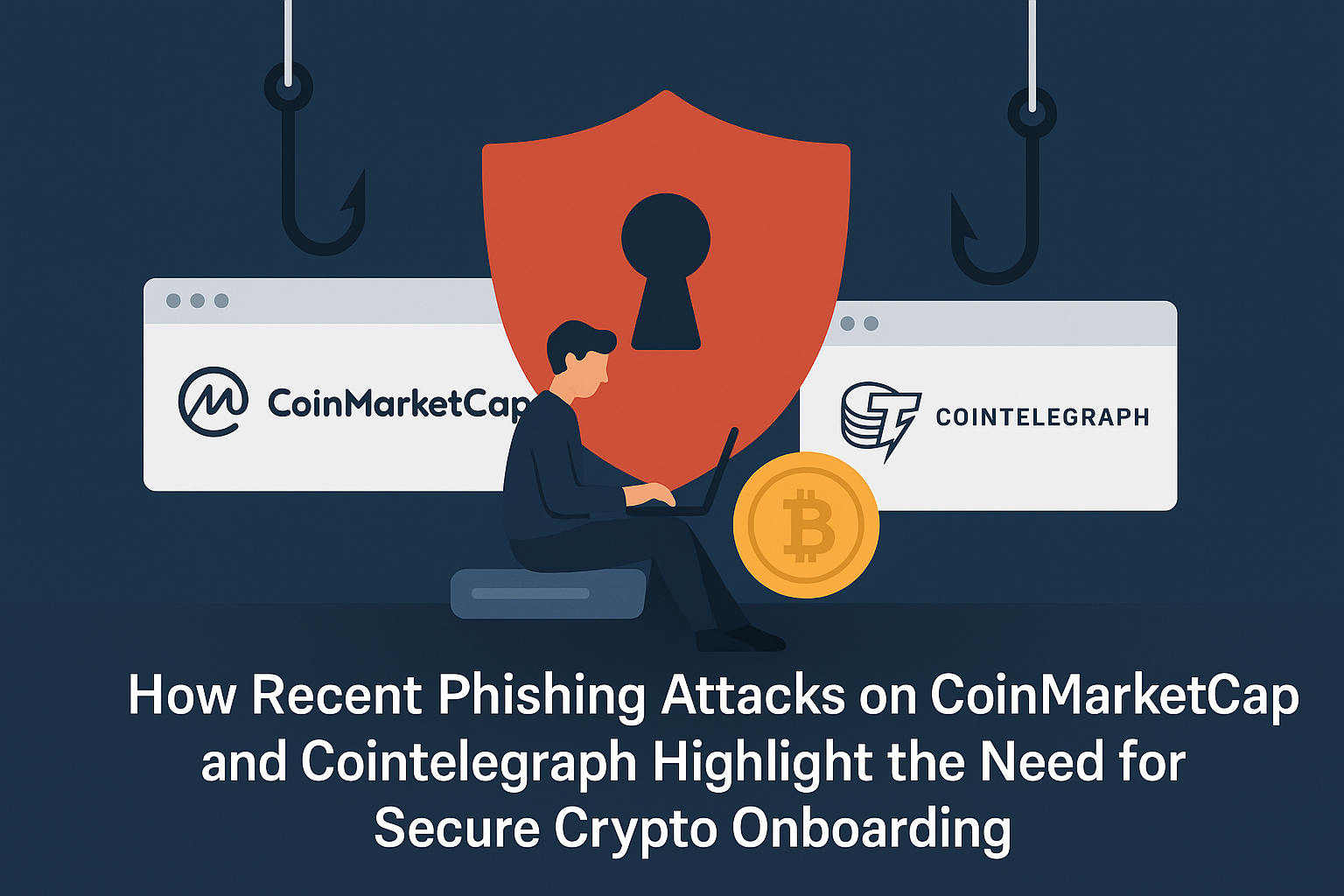How Recent Phishing Attacks on CoinMarketCap and Cointelegraph Highlight the Need for Secure Crypto Onboarding
When two of crypto’s most trusted platforms, CoinMarketCap and Cointelegraph, were breached to serve phishing pop-ups, the industry was reminded just how crafty scammers have become. These recent attacks didn’t…


